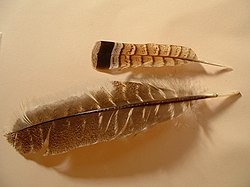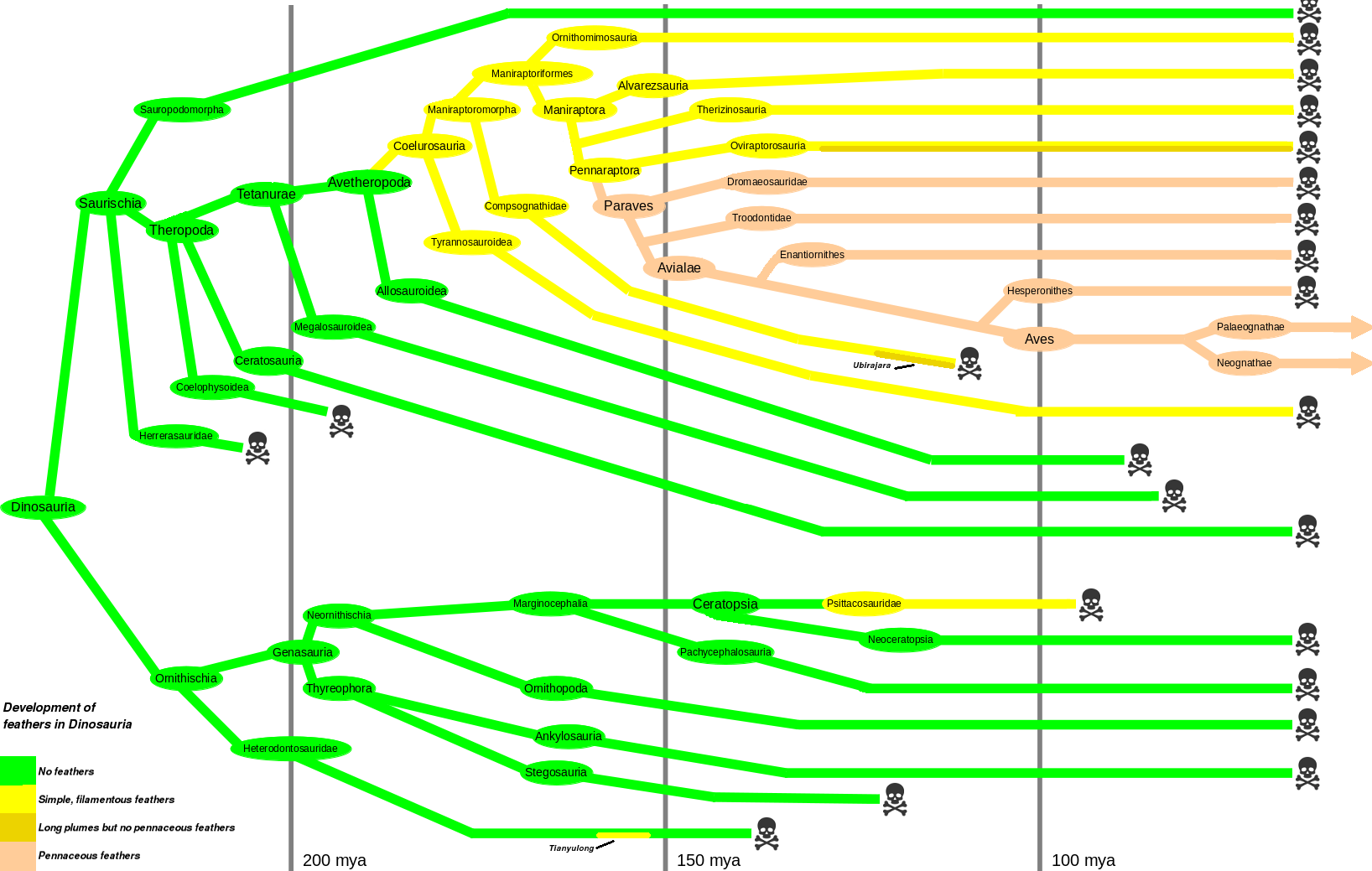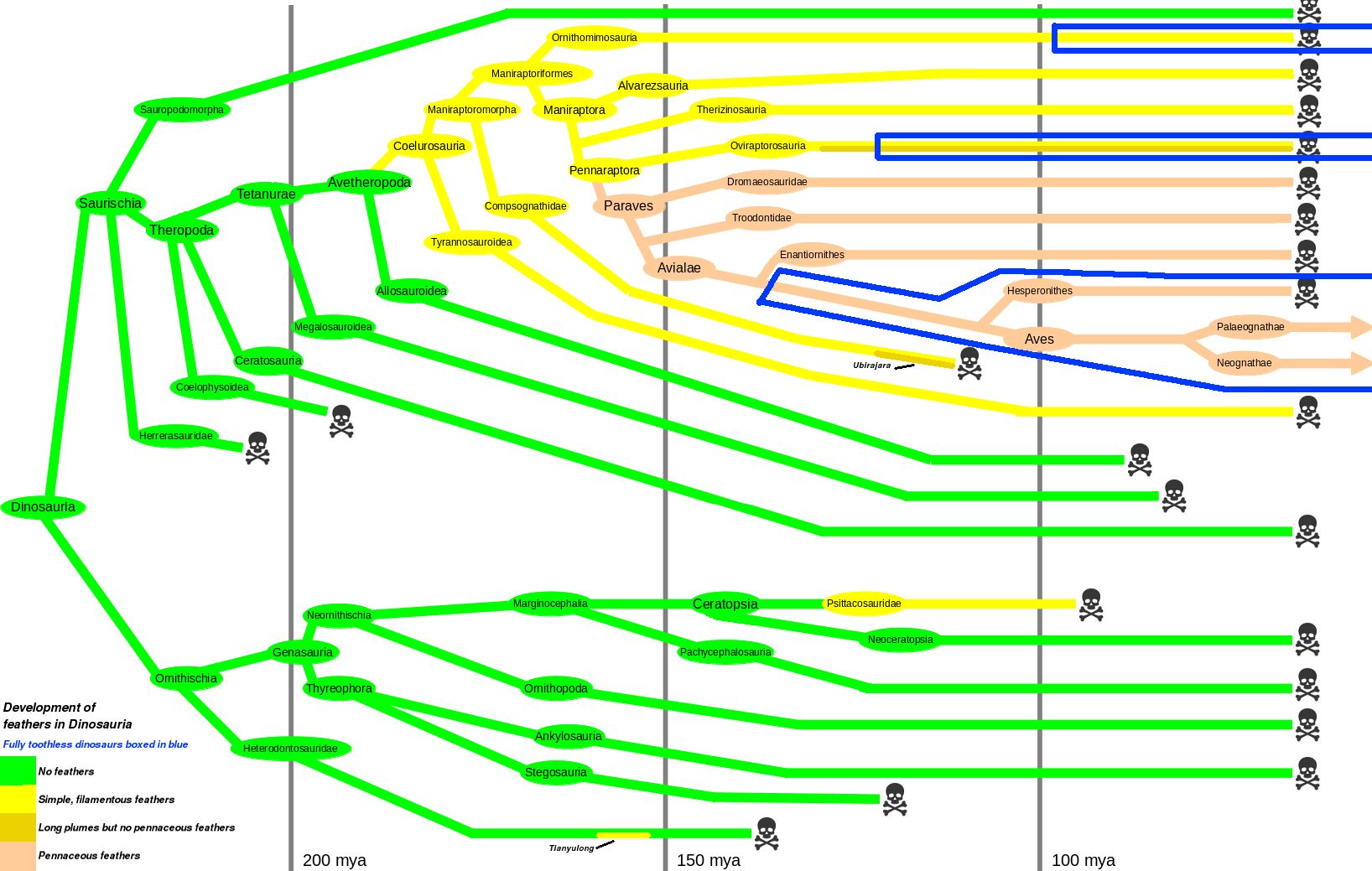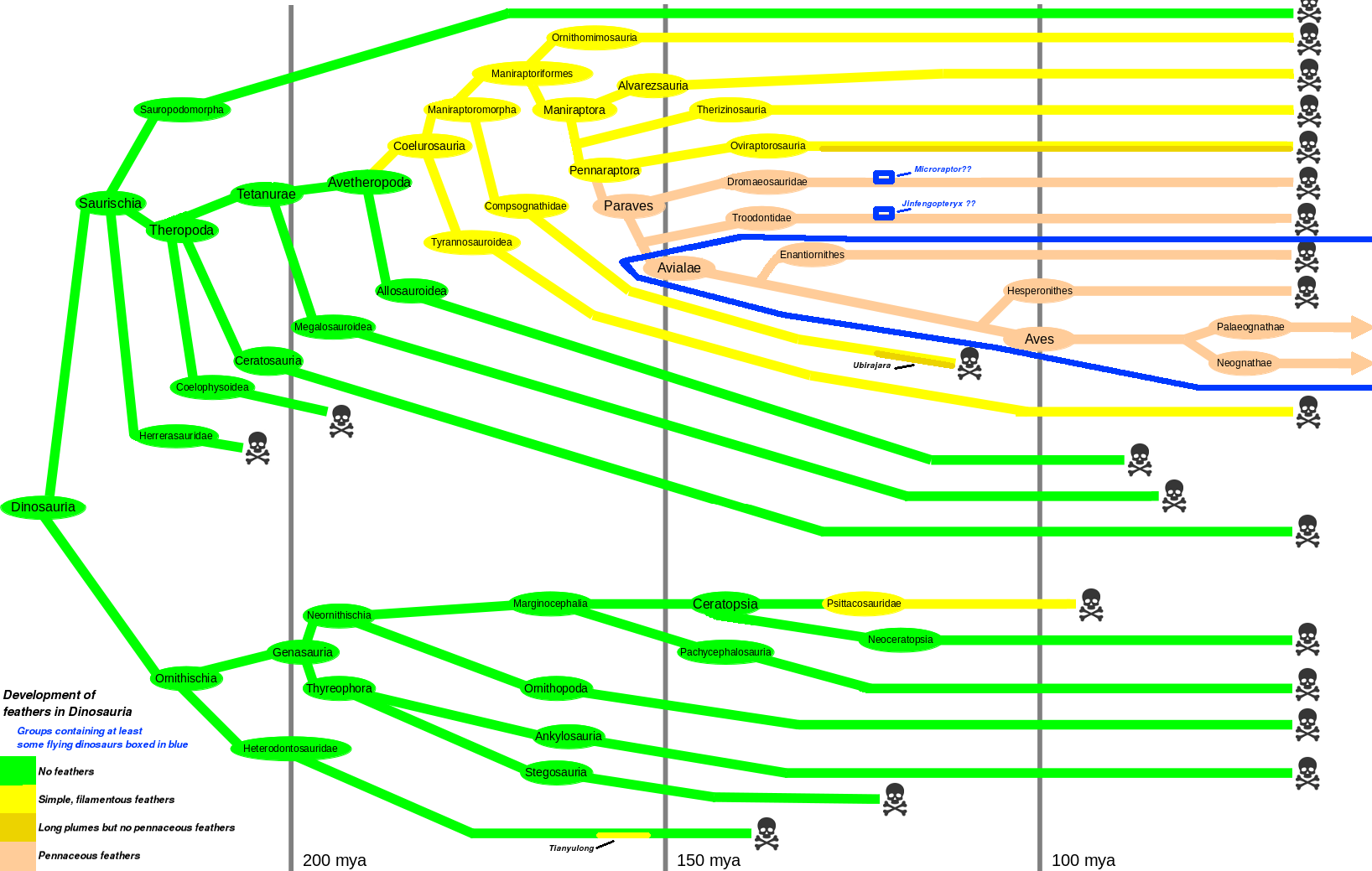Just waffling here to sort out my own thoughts.
The oldest fossil of a true bird in 70 million years ago, a loon, Gaviiformes, in the age of dinosaurs but only just. It is also uncertain whether this fossil (Enaliornis) is a true loon or a Hesperornithes type of Ornithurae. There is also Limenavis of the same age.
The oldest unequivocal true loon, gaviform, dates to 35 million years ago.
If we take 70 million years ago as the separation point of loons and other birds, and combine that with the multitude of Eocene fossils of true birds, then the date of divergence of the ratites (Paleognathae) from other birds (Neognathae) comes out at 140 million years ago grom genetic analysis.
140 million years ago is early. The first paraves date from 160 million years ago. The date of Archaeopteryx fossils is somewhere in the range of 150.8–148.5 million years ago.
Even if we don’t accept the 70 million year old fossil as a true bird, the last universal common ancestor of all true birds dates well back into the age of dinosaurs. So where are the fossils of true birds from the Cretaceous? A serious question, and we can’t sweep it under the rug as thousands of flying birdlike creatures have preserved fossils from the Cretaceous.
Among fossils, the defining feature of a true bird (Aves) is taken to be the occurrence of a “plowshare-shaped” pygostyle. “Pygostyles probably began to evolve very early in the Cretaceous period, perhaps 140-130 million years ago”, but there are pygostyles that are not “plowshare-shaped” beloinging to for example Confuciusornis.
This brings us to the Ornithurae. These have the “characteristic tail morphology of all extant birds”. They include the true birds (Neoornithes) together with the diving birds Ichthyornis, Hesperornithes and Limenavis. Icnthyornis differs from modern birds in having teeth.
“Hesperornitheans were originally combined with Ichthyornis in the paraphyletic group “Odontornithes” by Othniel Charles Marsh, in 1873. In 1875, they were separated as Odontolcae. The group was often considered to be related to loons and grebes, or to the Paleognathae (based on perceived similarities in the bony palate). These similarities, however, as the more recently determined fact that the osteons of their bones – at least in Hesperornis – were arranged in a pattern similar to that in Neognathae, are today considered to be due to convergent evolution.”
What does this all boil down to?
- Possibility 1. The similarity of Hesperornithes and Neognathae is not due to convergent evolution, but Hesperornithes is a true bird. This points to the truth of circa 140 million years ago as the date of last universal ancestor of all true birds (Neoornithes = Paleognathae + Neognathae).
- Possibility 2. In addition to Possibility 1. Perhaps the plowshare-shaped pygostyle came first and rod-shaped pygostyles evolved from that. That would make Confuciusornis a true bird as well, a Neornithes. The earliest Confuciusornis fossil, E. zhengi, dates to 131 Ma. At a guess, it would make Confuciusornis more closely related to the sparrows than to the ostrich.
- Possibility 3. Hesperornithes is not a true bird, but evolved in parallel with true birds for perhaps 30 million years from 100 to 70 million years ago. The last common ancestor of sparrow and ostrich was more recent than genetics sugests, perhaps of order 100 million years ago.
The beak. One factor that led to the dominant acceptance of Possibility 3 is that Confuciusornis from 131 Ma has a beak but not a ploughshare-shaped pygostyle whereas Ichthyornis at 89 Ma, an older relative of Hesperornithes, has a ploughshare-shaped pygostyle but teeth rather than a beak.
Could it be that teeth developed twice, once once way back but also redeveloped much later? Or three times: “Modern birds all lack teeth, except for the South American hoatzin, Opisthocomus, whose hatchlings have a small tooth that they use to help them escape from their egg and then shed.”
Dang it. Perhaps I should stick to the obvious.
- Confuciusornis resembles modern passerines because it was closely related to ancient passerines.
- Ichthyornis closely resembles modern gulls/terns because it was closely related to modern gulls/terns.
- Hesperornithes closely resembles modern loons because it was closely related to modern loons
The timing would then be a close match to evolution of modern birds from genetic studies. And it would help explain the absense of fossils of true from the Jurassic Era. The fossils were there but were not recognised as true birds and instead thought to be examples of convergent evolution.






